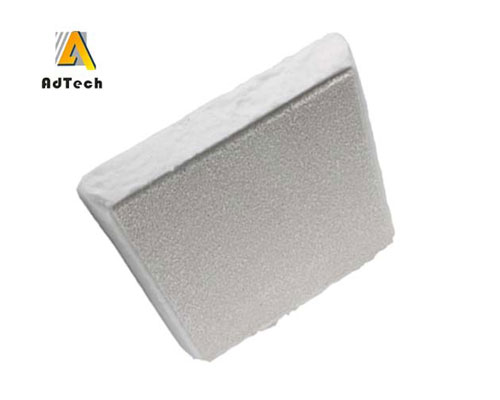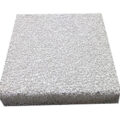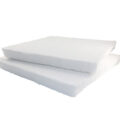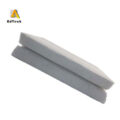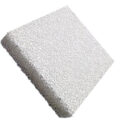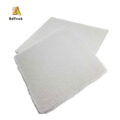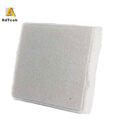Filter foundry for molten metal first successful research was in 1978, the technology of foam ceramic filtration has developed rapidly.
Filter Foundry
The CFF (Ceramic Foam Filter) uses polyurethane foam as the carrier and immerse it in the coating made of ceramic powder, binder, sintering aid and suspending agent, and then squeeze out the excess coating. The ceramic coating is evenly coated on the framework of the carrier to form a green body, and then the body is baked and calcined at high temperature. The foam ceramic filter is further divided into bonded and sintered type. The former relies on the binder to bond the ceramic fine particles together, and the latter relies on the heat preservation at high temperature to make the pure ceramic fine particles sintered and melted together.
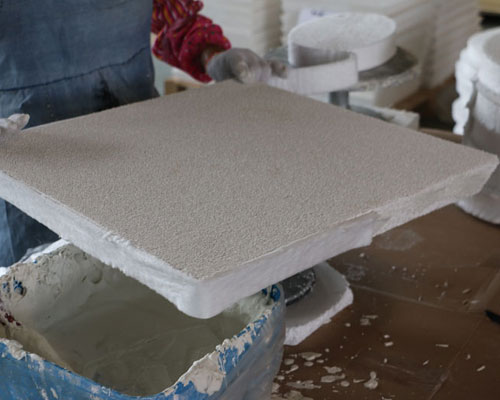
The foam ceramic filter has a unique three-dimensional connected curved mesh skeleton structure, which has an open porosity of up to 80%-90%, and has the following three filtering and purifying mechanisms:
- One is mechanical interception.
- The second is rectifying scum, that is, the rectifying action of the filter makes the runner in front of the filter in full state, making the filtered molten iron in a stable laminar flow state, weakening the oxidation and scouring reaction of molten iron, so that the inclusions are easy to float and capture, and the number of secondary inclusions after the filter is reduced.
- The third is deep adsorption, that is, the fine inclusions entering the filter are adsorbed on the skeleton or trapped in the dead corner of the network due to full contact with the ceramic network with complex flow path.
Through these three kinds of filtration purification mechanisms, it can effectively remove large inclusions and a large number of small suspended inclusions as small as tens of microns in liquid metal. The test results show that the filtration efficiency of the foam ceramic filter is as high as 95%, while that of the double-layer fiber filter is only 67%, thereby significantly reducing the reject rate and the welding repair rate of the castings. In addition, it can simplify the gating system, improve the metallographic structure, improve the casting process yield and productivity, and improve the internal quality, working performance and machining performance of the casting. Therefore, the foam ceramic filter has a good application prospect.

